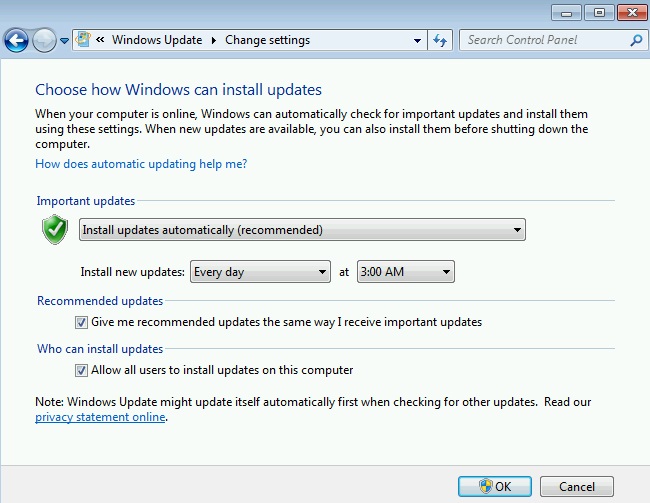Microsoft starts pushing Windows 10 as a 'recommended' update

In October 2015, Microsoft officials outlined a schedule for stepping up the company's push to get Windows 7 and Windows 8.1 users to move to Windows 10.

On February 1, Microsoft started making good on the promised push.
"As we shared in late October on the Windows Blog, we are committed to making it easy for our Windows 7 and Windows 8.1 customers to upgrade to Windows 10. We updated the upgrade experience today to help our customers, who previously reserved their upgrade, schedule a time for their upgrade to take place," said a company spokesperson.
What does that cryptic statement (delivered at 5 pm ET, right in the middle of the Google earnings call, by the way) actually mean?
It means today's the day Windows 10 moves to "recommended" status.
In October, Microsoft execs said the "reservation" phase of upgrading to Windows 10 had ended. That phase of the upgrade push involved users proactively "reserving" their free copies of Windows 10 for download.The next phase of the push was to mark Windows 10 as an "Optional" update in Windows Update for all Windows 7 and 8 customers. After that, Microsoft officials said in early 2016 they'd re-categorize Windows 10 as a "Recommended" update.
Windows 10
Officials did concede that users with automatic updates enabled might see the Windows 10 upgrade automatically initiate on their devices. But they said that users would not be fully moved to Windows 10 unless they proactively chose to do so. And if anyone does move -- intentionally or inadvertently -- to Windows 10 and are unhappy with it, they have 31 days to roll back to their previous Windows versions.
Microsoft is not changing its policy of downloading part of the Windows 10 code proactively to users' machines to make upgrading faster. The company is continuing to do that, in spite of complaints by many. However, unless users make the final decision to hit upgrade, Windows 10 will not completely install and replace their existing Windows versions.
The "recommended" push will be a phased one, the spokesperson said, for Windows 7 and 8.1 consumers who have Automatic Updates turned on. For users who have chosen the "Give me recommended updates the same way I receive important updates" setting turned on, the automatic update process will kick off. (See the screen shot above, courtesy of ZDNet's Ed Bott, to see if you're in that group.)
In case it's not clear, anyone who has disabled automatic upgrades using Group Policy settings or the registry edit outlined here will not have Windows 10 automatically pushed to them.
One more time, for the record: Windows 10 is not a required update for Windows 7 and 8.1 users. It is now recommended. Users who do not want it can just say no.